Tim Homfray visits London’s Wigmore Hall for the recital of Ysaÿe, Bach, Brustad and Kodály on 20 February 2025

This unusually constituted concert opened with Eugène Ysaÿe’s Sonata in A minor for two violins. It may be for two instruments, but it’s frequently in three or four parts and not for the faint-hearted. The first movement, after its ferocious beginning, was full of assertive rhythms and punched accents. Its many contrapuntal sections – solo Bach is never far away – were deftly handled and beautifully delineated. The central Allegretto poco lento opens with a plaintive tune, affectingly played by Vilde Frang, and there was delicacy to follow, as well as some mighty playing: at full tilt they were probably audible in the street outside! The Finale is a substantial movement, here given with good extrovert virtuoso playing and muscular gusto.
After the interval violist Lawrence Power joined Frang for Bjarne Brustad’s Four Capricci for violin and viola. Brustad, himself proficient on both instruments, wrote these entertaining pieces in 1931. They were flecked with humour, sometimes overtly so. Power did a sort of dance to the quirky rhythms of the third one, Allegretto, and they were delightful in the fast-moving dialogue of the final Vivace.
Power made the most of the substantial viola part in the first movement of Kodály’s Serenade for two violins and viola, with earthy, robust playing, and he was prominent again in the mysterious nocturnal music of the central movement. In the finale Sokolov, now on first-violin duty, played its varied dances with vivid colour.
TIM HOMFRAY



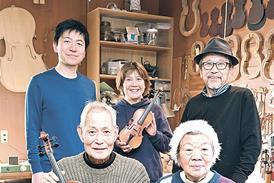
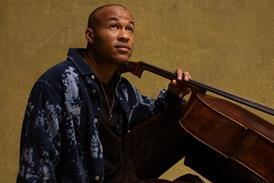
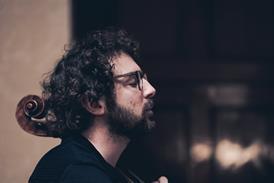
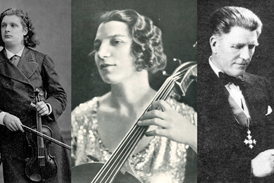


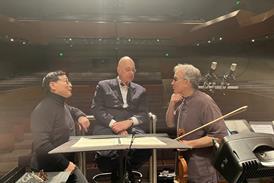
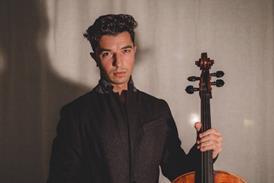
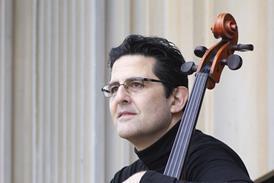
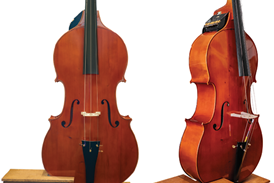



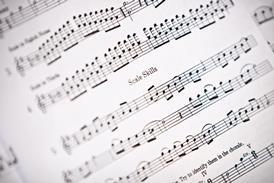


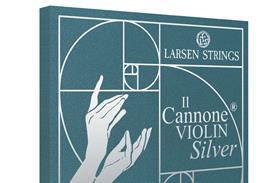
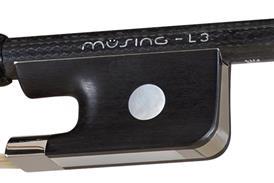


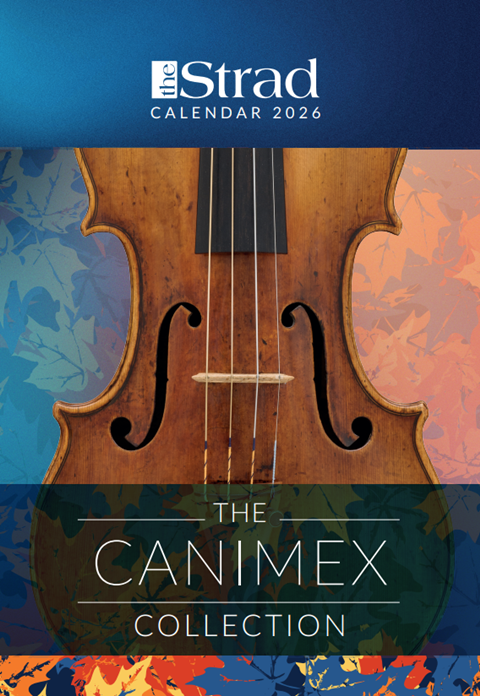


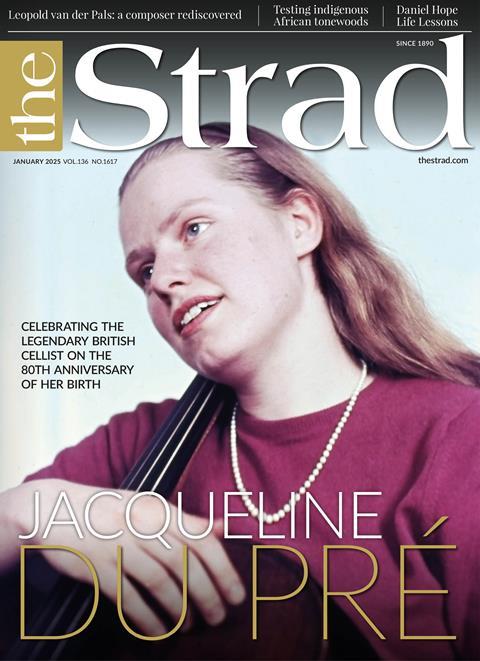

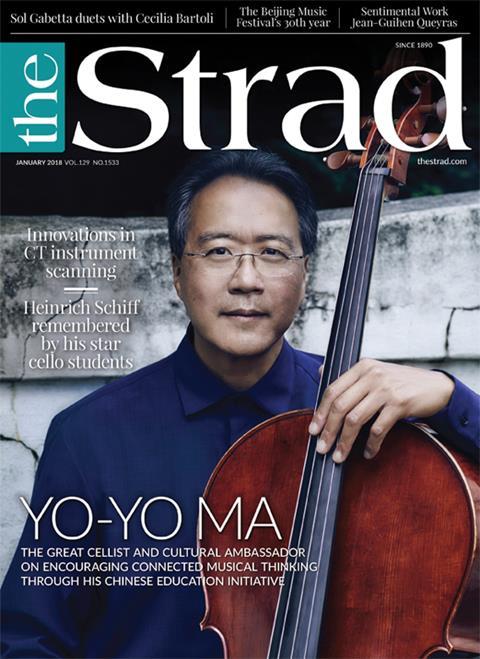












No comments yet